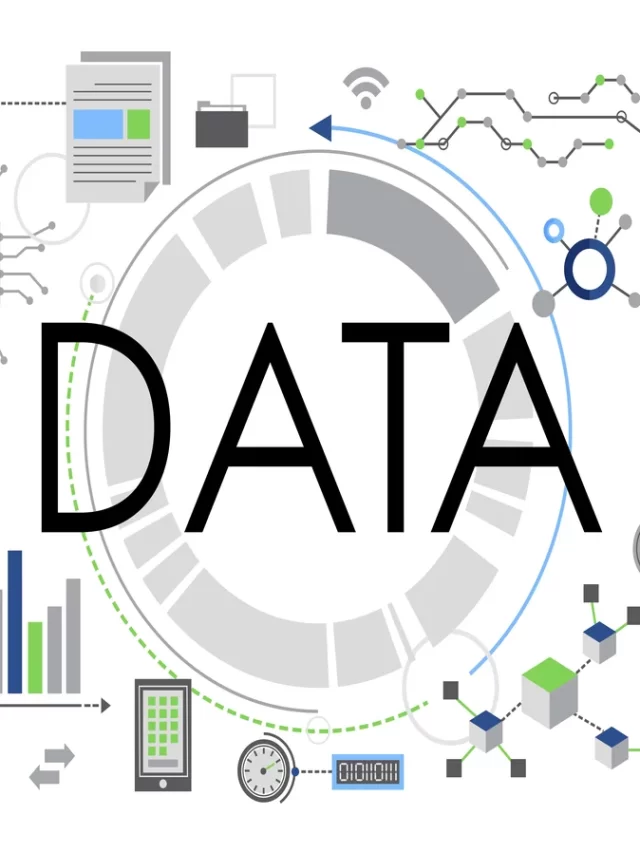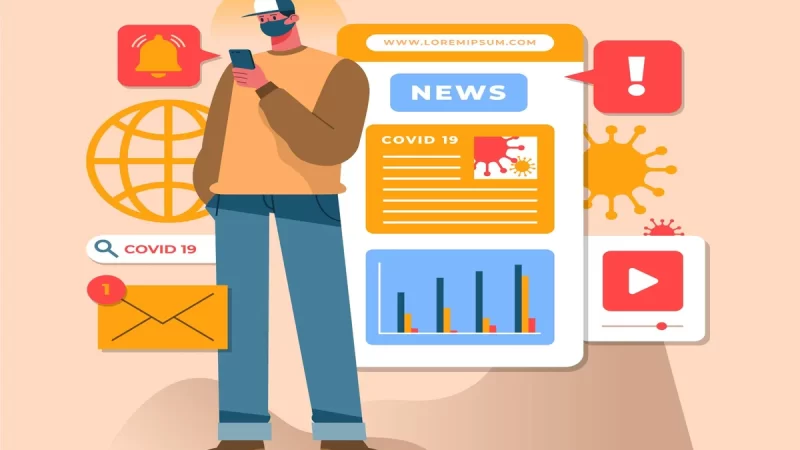Cracking the Code: Inside YouTube’s Three-Strike Test for Ad Blockers

In the world of online advertising, ad blockers have become a significant concern for platforms like YouTube. With the increasing popularity of ad-blocking software, content creators and advertisers are finding it difficult to reach their target audiences and generate revenue. To combat this issue, YouTube has implemented a Three-Strike Test, aiming to crack down on ad blockers and maintain a sustainable advertising ecosystem. In this article, we delve into the details of YouTube’s Three-Strike Test and explore how it is reshaping the landscape of online advertising.
Understanding the Three-Strike Test
YouTube’s Three-Strike Test is an enforcement system designed to identify and penalize users who employ ad-blocking software. The test involves a progressive set of actions taken against individuals who repeatedly attempt to bypass or block ads on the platform. Once a user receives three strikes, they may face severe consequences, including suspension or termination of their YouTube account.
The First Strike: Warning Shot
Upon detecting the use of ad blockers, YouTube issues a warning to users in the form of a notification or pop-up. This initial strike serves as a friendly reminder to users, informing them about the importance of ads for supporting content creators and the platform itself. The warning encourages users to disable their ad-blocking software to continue enjoying uninterrupted access to YouTube.
The Second Strike: Restricted Features
If a user continues to employ ad-blocking measures after receiving the initial warning, they move on to the second strike. At this stage, YouTube imposes limitations on the user’s account, restricting certain features and functionalities. These restrictions can include disabling the ability to comment on videos, limiting video quality options, or blocking access to premium features such as YouTube Originals or YouTube Music.
The Third Strike: Account Consequences
When a user accumulates three strikes, they face serious consequences. YouTube has the authority to suspend or terminate their account, effectively cutting off their access to the platform. This action sends a strong message that repeated violations of the platform’s policies, specifically related to ad blocking, will not be tolerated. The severity of these penalties underscores YouTube’s commitment to protecting the interests of content creators and advertisers.
Balancing User Experience and Advertising Revenue
YouTube’s implementation of the Three-Strike Test aims to strike a balance between providing a positive user experience and ensuring a sustainable advertising ecosystem. While ad-blocking software offers users the advantage of an ad-free viewing experience, it jeopardizes the revenue stream that enables creators to produce high-quality content. By cracking down on ad blockers, YouTube intends to safeguard the interests of content creators, advertisers, and the platform itself.
Evading the Three-Strike Test: Challenges and Consequences
Despite YouTube’s efforts, some users may attempt to find ways to evade the Three-Strike Test and continue using ad blockers. However, YouTube has been actively refining its detection mechanisms to identify and penalize such users more effectively. Continued evasion can lead to severe consequences, including legal actions, as violating YouTube’s policies and terms of service can be grounds for legal action.
Key Takeaways
As the battle between ad blockers and content creators/advertisers continues, YouTube’s Three-Strike Test stands as a robust measure to combat the negative impact of ad-blocking software. By warning, restricting features, and taking strong action against repeat offenders, YouTube aims to protect the interests of its ecosystem and maintain a fair playing field for creators and advertisers. As the online advertising landscape evolves, this enforcement system represents YouTube’s commitment to upholding its platform’s integrity and supporting those who rely on it for their livelihoods.







